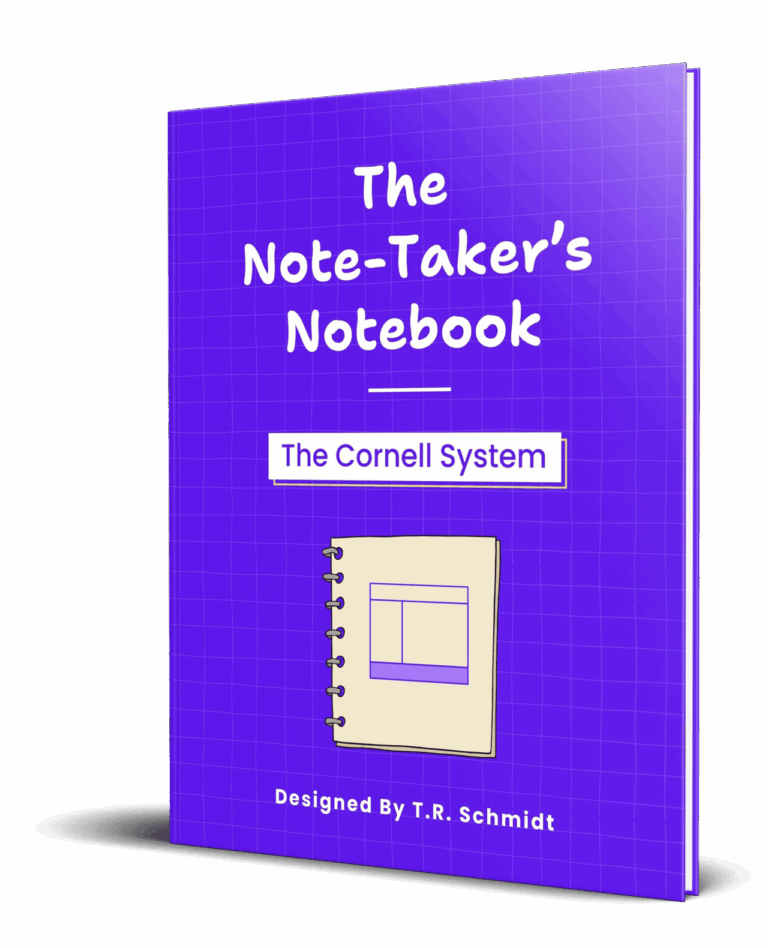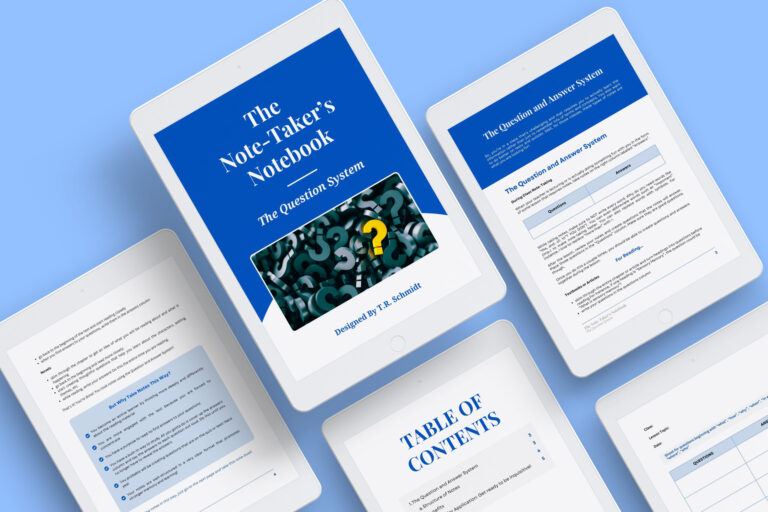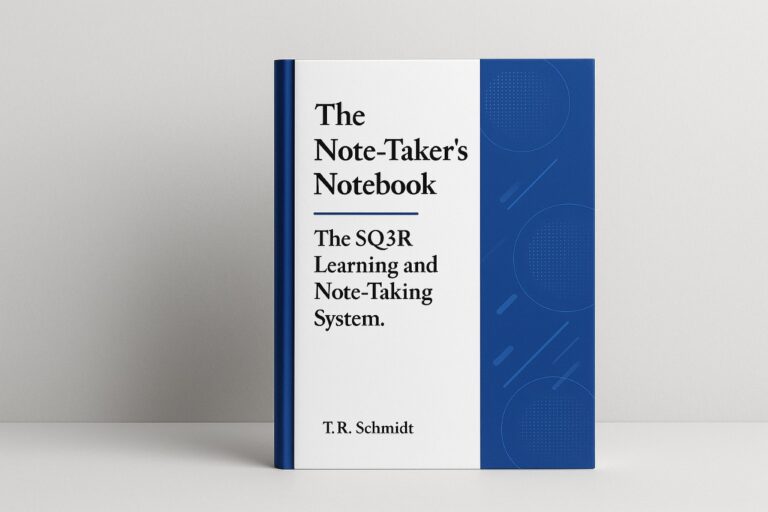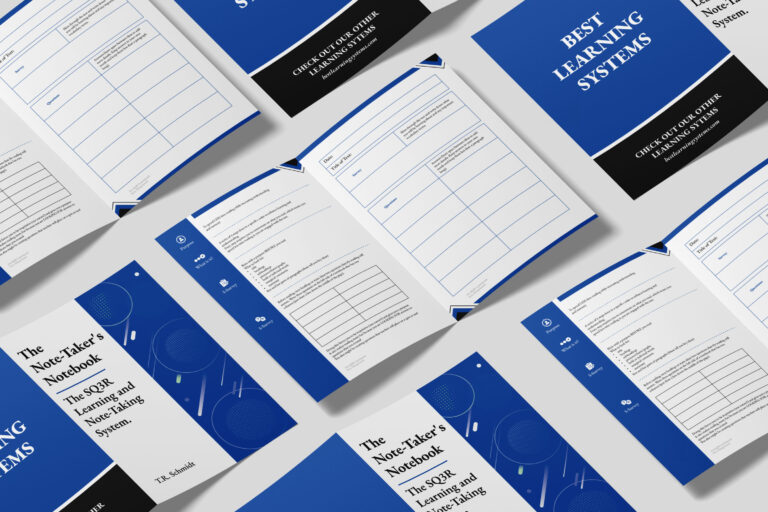Blog
Pay More Attention and Have a Built-In Way to Study: the Q and A System
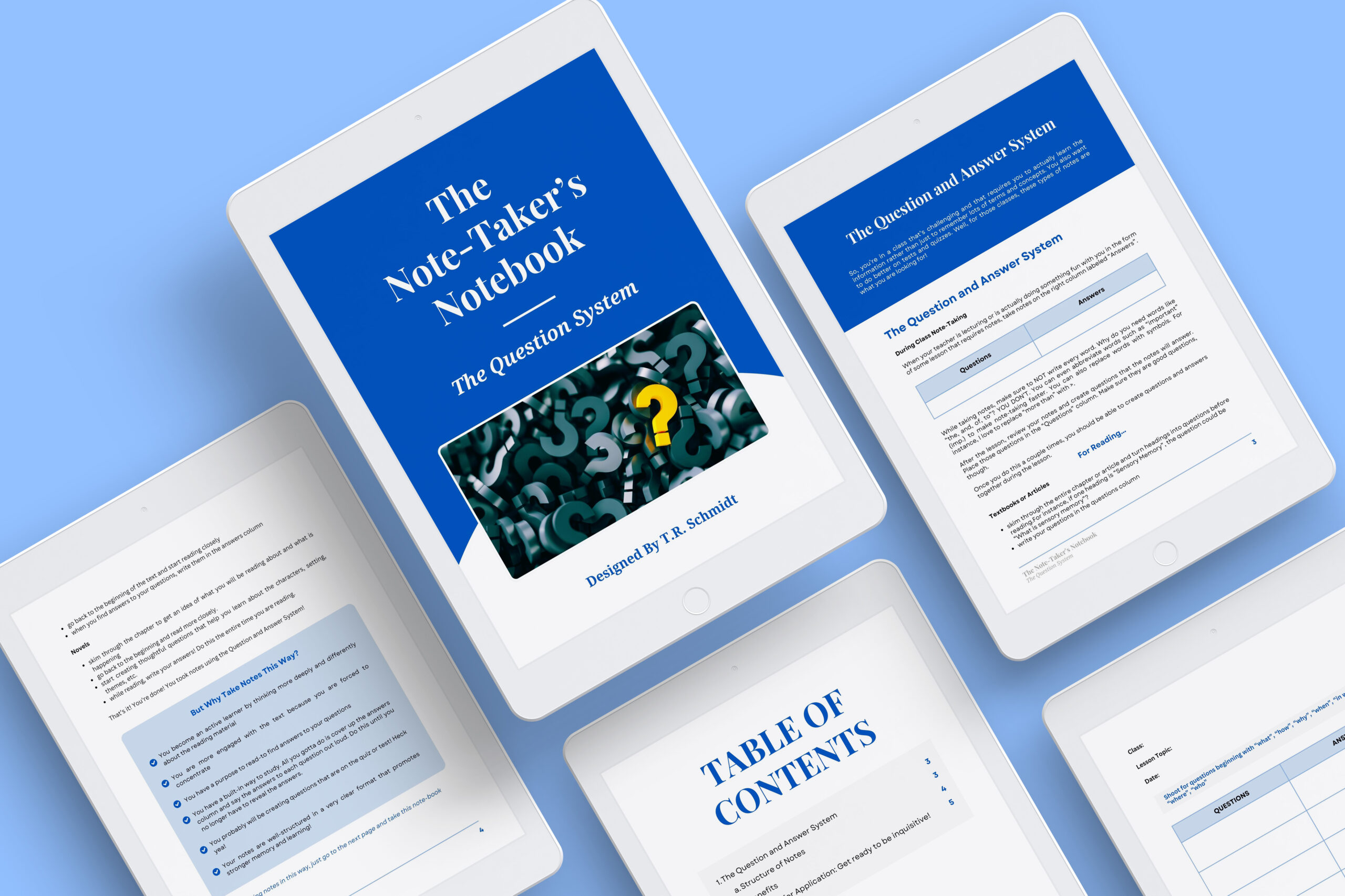
What is the Question-and-Answer System, and How Will it Help Me?
The question-and-answer system is a note-taking system in which you preview what you read before you read and create questions about the material.
You will then go back and read the material, looking for answers to your developed questions. These questions can be used to prepare for quizzes or for exams.
You can use this system outside of class on your own and during class lectures.
The question-and-answer note-taking system is so effective because…
it allows the reader to gain background knowledge about the topic (by previewing before reading)
it allows the reader to connect to the material in a variety of ways (what do you already know about the topic(s)?)
it reduces and prevents procrastination because once a reader previews a text, he or she is more likely to just begin reading.
it forces the reader to pay close attention to the words of the text as he or she needs to find the answers to previously created questions.
it provides the reader a way to study because a student can simply cover up the answers to each question, go through each question, and try to say the answer out loud. If the answer is wrong, the student can reveal the correct answer.
it forces the student to pay attention during live class lectures.
it allows the student to think and to interact with lecture material.
it offers more steps for exam preparation.
a student may have created questions that could actually be on a quiz or an exam.
How to Take Notes Using the Question-and-Answer System
Before you read, divide your page into two columns.
Preview the reading before close reading. Take a look at major headings and subheadings.
Turn those into questions. If there are no headings, read the paragraph to determine the paragraph’s main idea and turn that into a question.
EXAMPLE HEADING: Comma Splices and Run-On Sentences
EXAMPLE QUESTION: "What is the difference between a comma splice and a run-on?"
EXAMPLE MAIN IDEA: Comma splices are improper ways to separate two complete sentences.
EXAMPLE QUESTION: "What is a comma splice, and why is it not used to separate two complete sentences?"
Then, read that section to find the answer to your question.
Write the question and the answer to the question, include a page number for easy reference.

Why It Works
Our brains are amazing, and certain parts of our brains allow us to better understand and remember information.
The PreFrontal Cortext, for instance, is a small but important part of our brain.
It is responsible for our thinking, regulating our emotions, our attention, and our executive functioning skills (goal setting, time management, emotional regulation, task initiation, organization, planning and prioritizing, working memory, and metacognition).
It is SMALL, which means it cannot hold onto large chunks of information at once. Also, something needs to be meaningful for us to pay attention to it.
The question and system style of note-taking allows us to think more deeply about content. In addition, it allows to be inquisitive-causing us to focus better on what we are reading.
If you struggle with paying attention in class and while reading, with remembering information, with studying effectively, and with being thoughtful and deep with your knowledge, then the Question and Answer System is how you should take notes.


